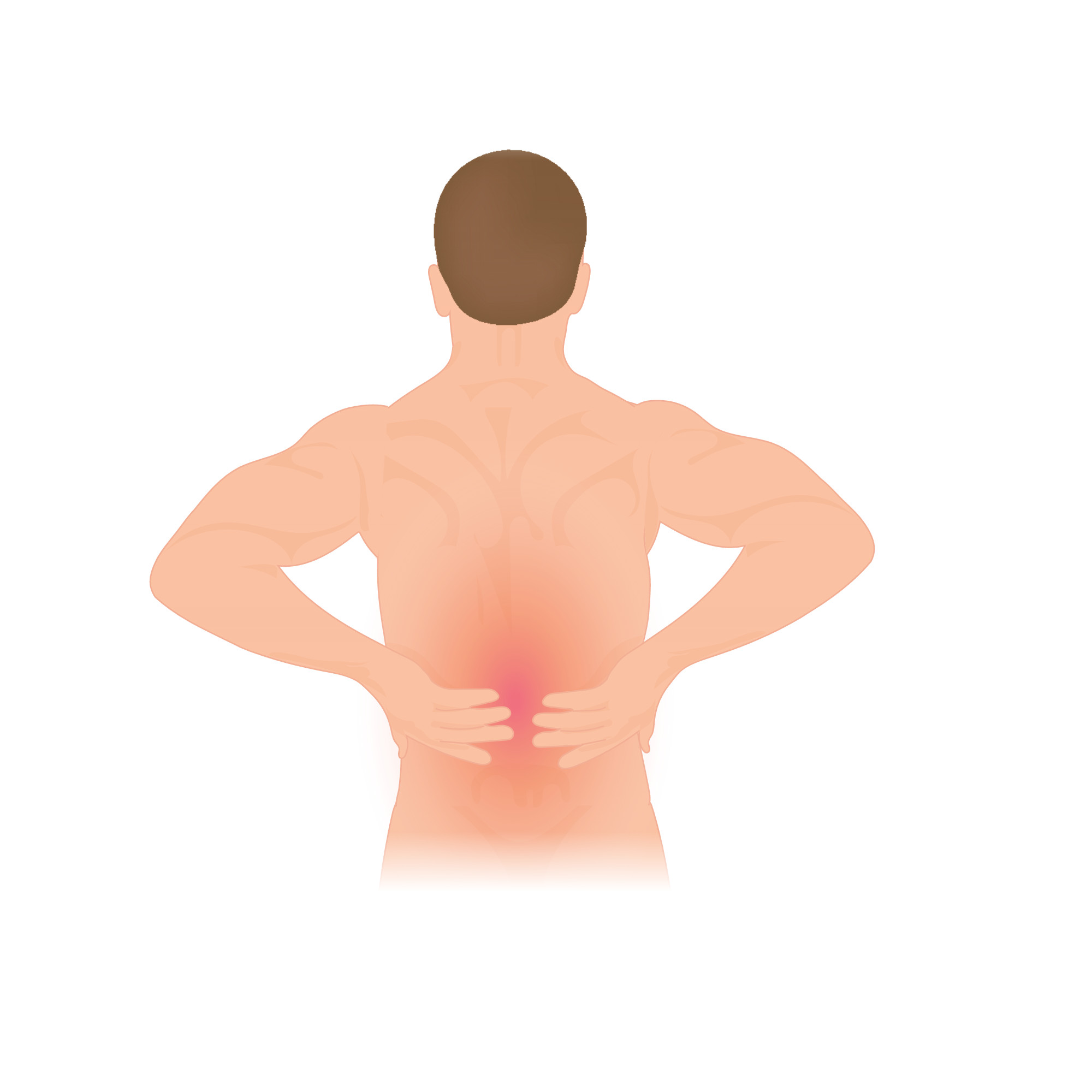
Low-back strain represents a muscle injury located in the lower back. These muscles regularly use the great forces so as to make a man stand upright. Picking up things from the ground requires an even greater amount of force which can easily lead to injury, especially if not done correctly.
Symptoms include back pain (usually only one side), muscle spasms, swellings along the muscles, loss of strength and crepitation (crackles) upon touching the muscles.
This condition can be caused by an overuse of the muscle-tendon units in the lower back area. Incorrect mechanics is typically the underlying cause for this.
Any twisting force that the body undergoes is potentially dangerous for the back. This makes many sports potentially harming, especially to people who are not in the best shape. Poor physical conditioning, inadequate warm-up and poor mechanics are main circumstances leading to such injury, A family history of disk disorders, a previous injury, or prolonged sitting session can also greatly contribute to the chances of this injury transpiring.
To prevent this type of injury, first of all, it is important to know the mechanics of one’s body well. Any heavy lifting should be done using feet and legs, not the waist. One should always strive to keep his body weight as close to ideal. One should always thoroughly warm up before taking part in any straining activities. Cardiovascular fitness is also of great importance.
The condition itself is usually curable. The whole treatment typically lasts for about six weeks. Complications include frequent symptom recurrence, chronic inflammation, delayed healing and prolonged disability.
Back injury results in pain and inflammation. This provokes muscle spasms, resulting in more pain. The treatment should then start with rest and area cooling. After soothing the inflammation and spasms, exercises are the next step. These should be aimed at raising the strength level, achieving better flexibility and developing proper mechanics. A physical therapist will have much useful advice on this matter. A corset or back brace (low back) may be recommended.
Biofeedback and psychotherapy can come in handy as well. Bed rest can sometimes cause deterioration instead of betterment in this phase of recovery.
Topical ointments may be of benefit. Pain relievers and muscle relaxants tend to be prescribed from time to time. These should be used exactly as instructed. Strenuous activities are not to be undertaken while taking this medicine. Oral corticosteroids, or injections thereof, into the spot of the most muscle spasms may be advised.






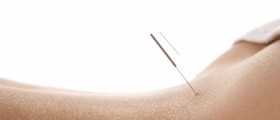
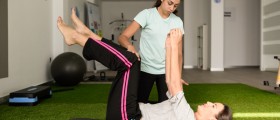
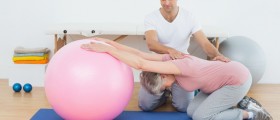
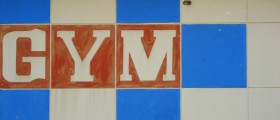
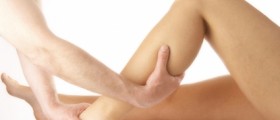
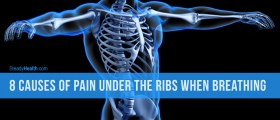
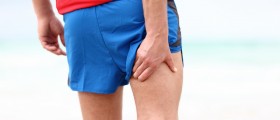



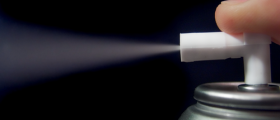
Your thoughts on this
Loading...